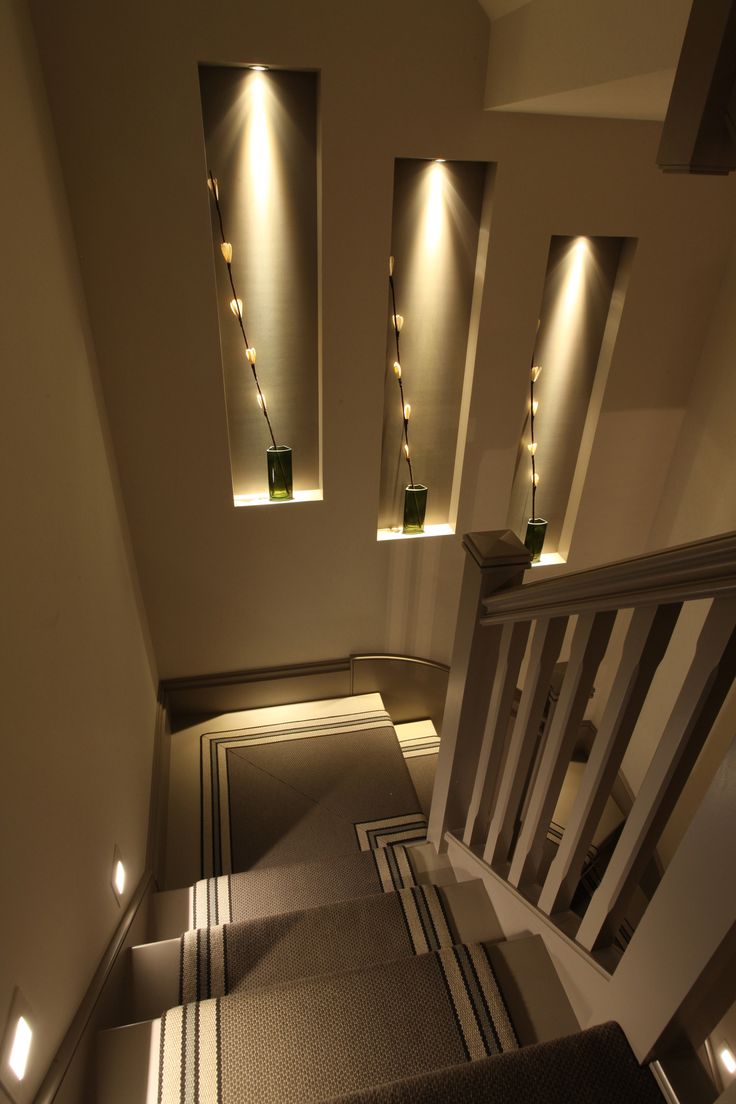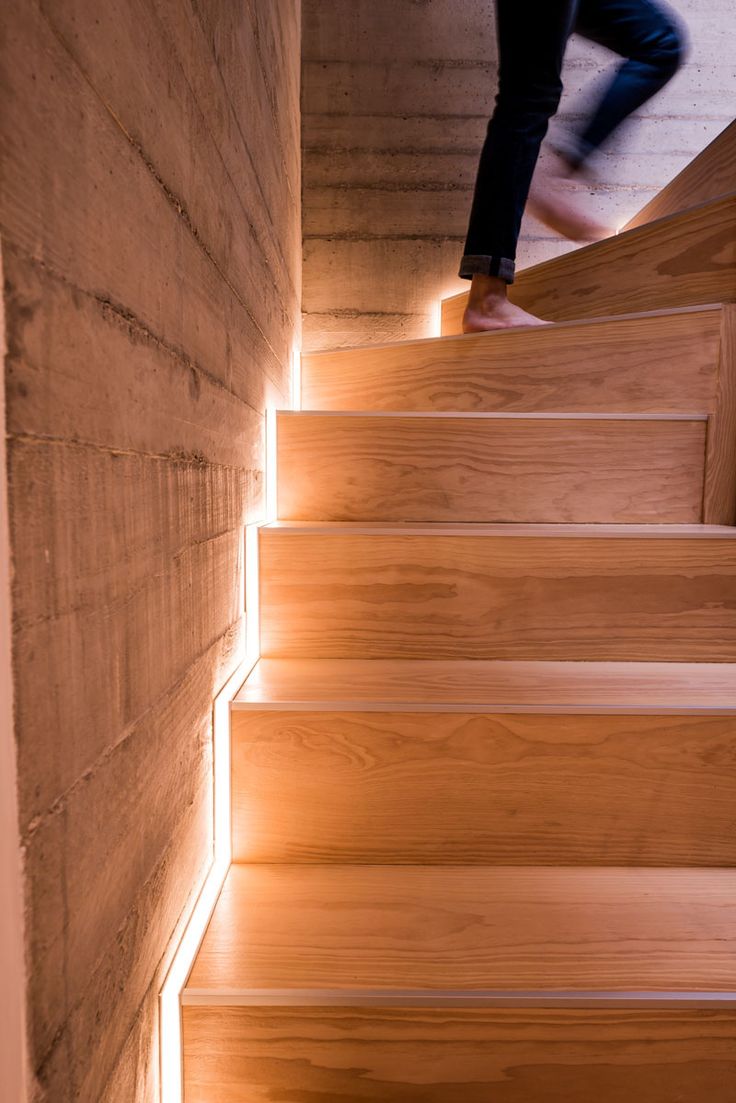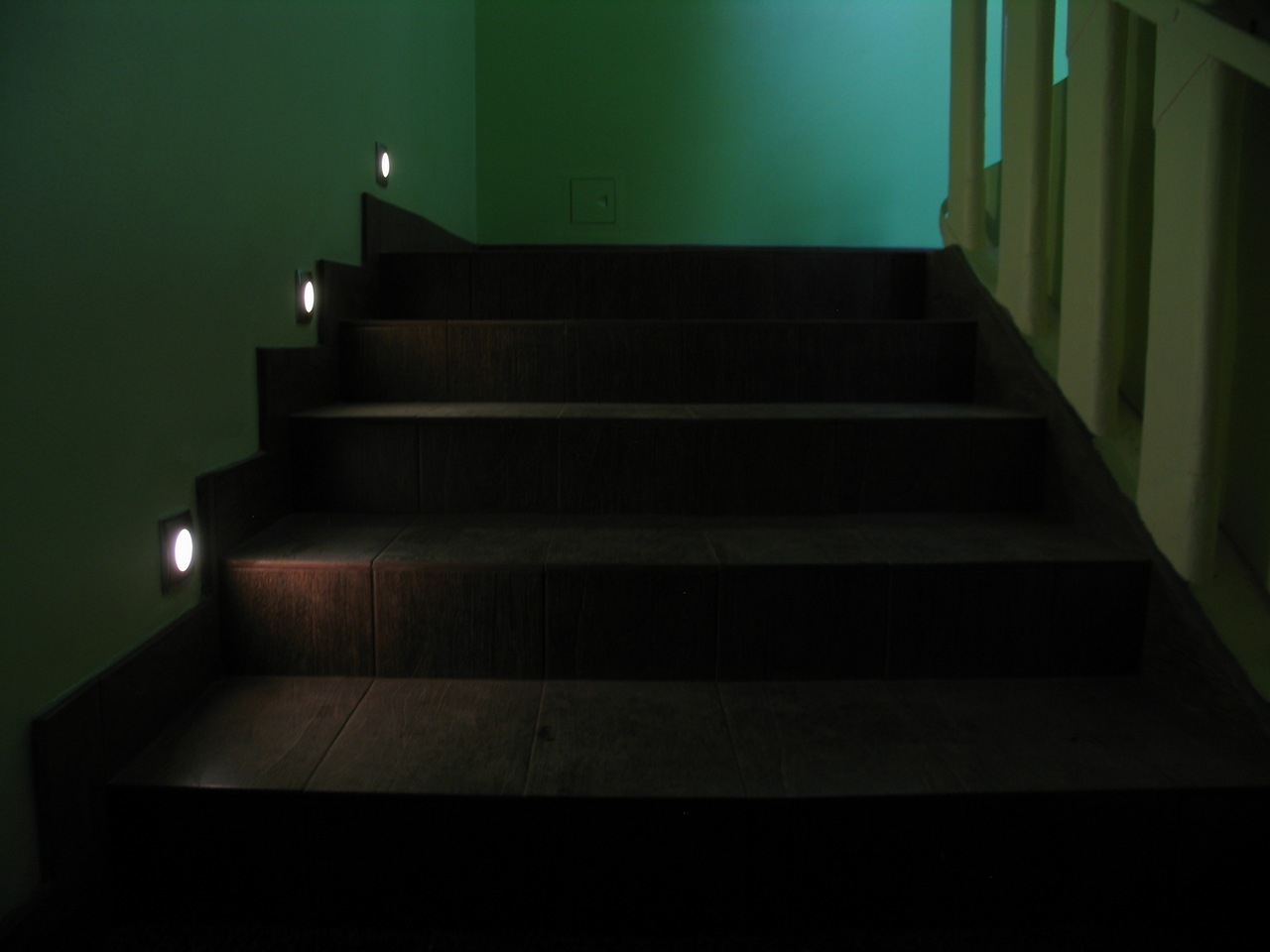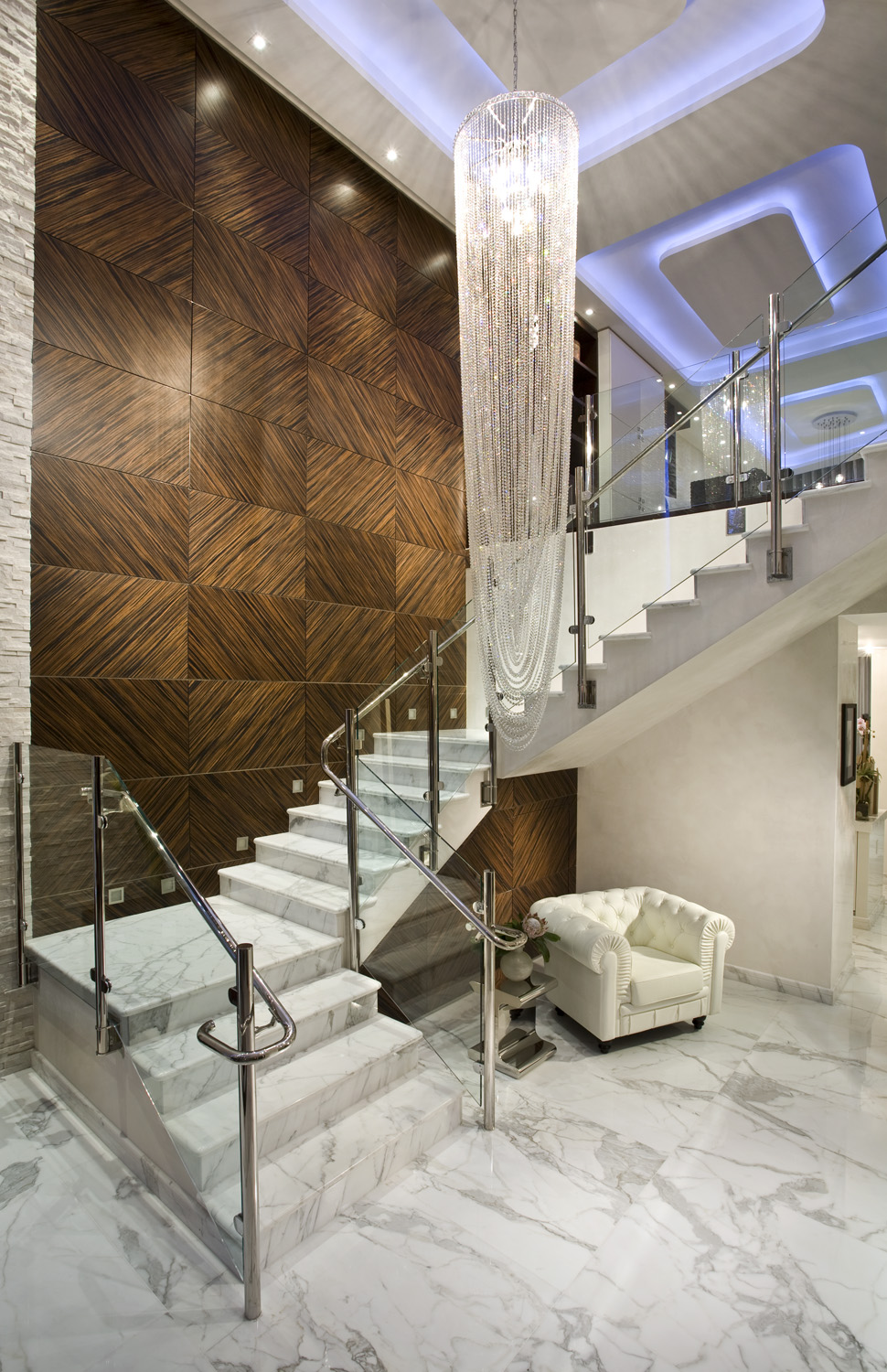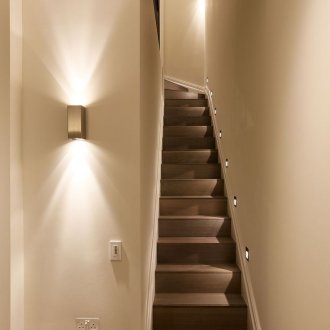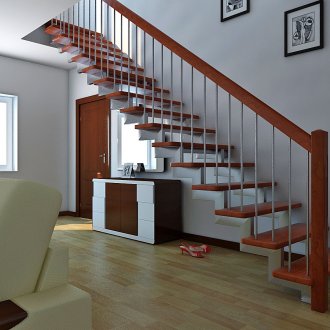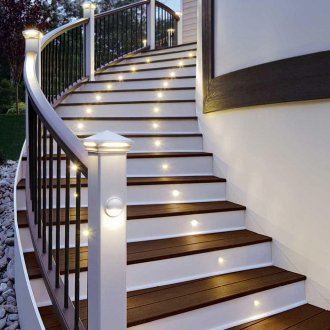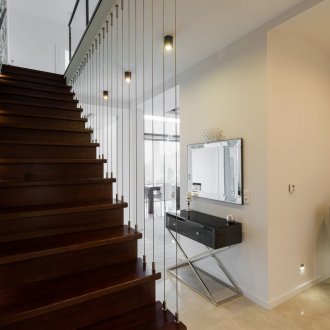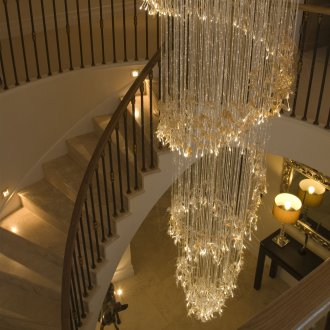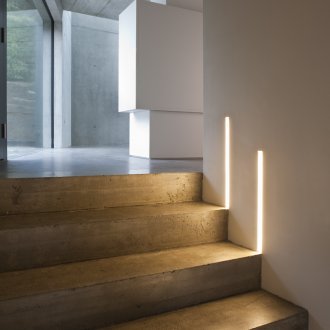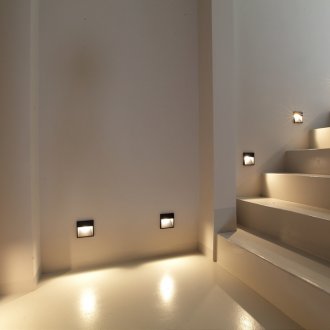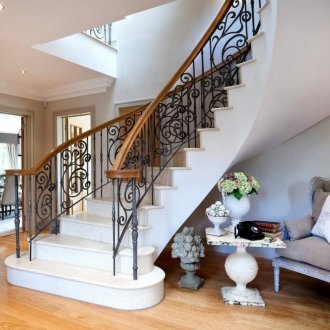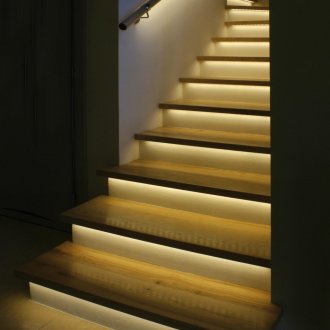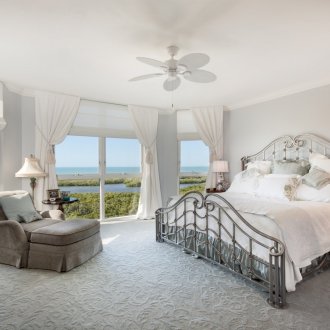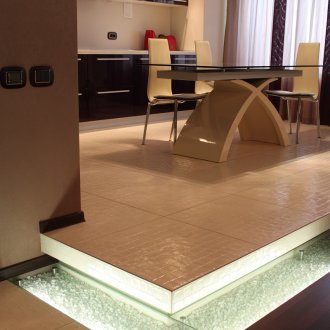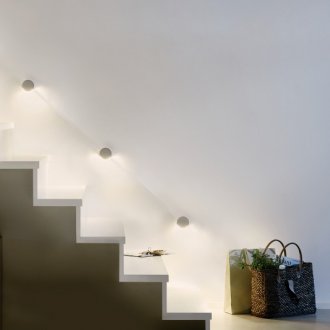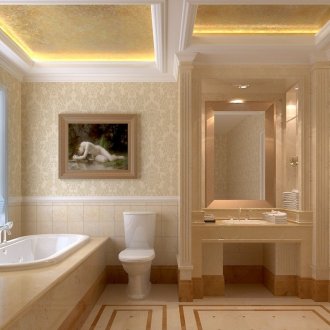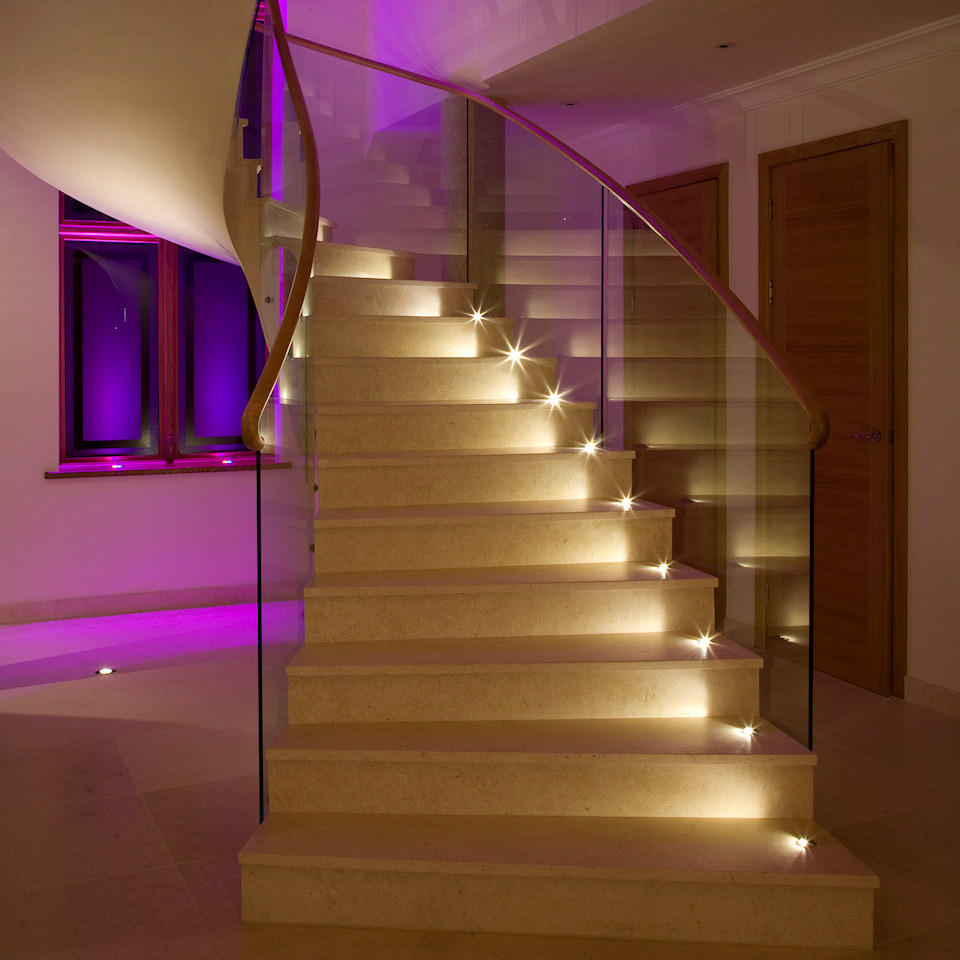Proper staircase lighting: professional advice (23 photos)
Content
No owner of a house or a two-story apartment will argue that the staircase should be not only beautiful, but above all safe. It is high-quality and good lighting that creates comfort and minimizes the risk of tripping over in the dark or falling.
Daylighting the stairs in the house partially solves the problem of light. Therefore, it is important to consider the location of the structure relative to windows and doorways. Even if it is located next to the window, then on cloudy days, and especially in the dark, there is a need for artificial lighting of the stairs to the second floor. The backlight should be not only functional, but at the same time organically combined with the forms and design of the structure. It is necessary to decide on the lighting option at the stages of house planning, choosing the type of stairs.
A brief description of the various types of lighting
Various ways of equipping the stairs allow you to choose not only beautiful options for fixtures, but also the most convenient and suitable for a particular house.
Lamps for local lighting
This way of arranging the backlight allows you to focus on the individual elements of the stairs - steps. Separate spotlights are mounted on the vertical surface of the step in the center / side. The arrangement of the lamp directly in the step looks interesting (the elements are installed on wide stairs, closer to the railing).
It is better to check with an electrician how to make safe lighting of a wooden staircase (so that steps do not deteriorate during operation and do not light up).
Wall mount lighting elements
This method of lighting design is the most common. Install several types of lamps:
- surface models are mounted on the wall with the back side. Fixing shades does not allow changing the direction of the light flux. Pluses - compactness (it is possible to decorate a ladder of any width), uniform diffused light is created;
- sconces necessarily have a bracket base, thanks to which the bulbs are located at different distances from the wall. This universal lighting fits perfectly into any interior. Some models allow you to change the direction of the light flux;
- the design of the luminaire integrated into the wall requires an installation depth of at least 4 cm. Therefore, such staircase lighting in the cottage is suitable for false walls, plasterboard partitions. If there is paneling, it is imperative that there is an air gap. Models are equipped with a stationary or moving head (it is easy to direct the rays in the right direction). The lamp can be integrated near the step, at the level of the knees. On long marches, spotlights are not rationally installed on every step, but after two or three.
At the installation stage, it is important to consider the installation height of the lamps - they should not interfere with the free movement of residents on the stairs.
The decor of the lamp (lampshade, lampshade, pendants) can be completely closed (uniform illumination of the stairs is created) or open (the light goes strictly up / down). Lampshades / shades are made of various materials: glass, paper, fabric, plastic. The color of the lampshade and decor should be in harmony with the stylistic solution of the staircase and maintain the interior of the room. Conventionally, several decor styles can be distinguished:
- classic - glass shades come up to wide stone stairs, lamps with candle lamps look nontrivially;
- modern style provides for the presence of metal, glass stairs. They will support the mood of the interior lamps with forged brackets, shades of frosted glass laconic shapes;
- Country style is distinguished by wooden stairs or lining on the steps. Lamps are installed with wooden bases (or imitating a wooden structure), decorated with fabric. A great option - lamps with matte shades, mounted on metal brackets (copper, brass).
The main requirement for shades is to transmit light. When choosing, it is also worth considering the following characteristics: ease of maintenance, degree of heating (so as not to get burned when you touch it).
The non-standard combination of wall lights and recessed allows you to harmoniously combine functionality and decorativeness. Decorative sconces can give a staircase a small home art gallery look during the day. And at night, the steps of the stairs will be visible thanks to spotlights built-in lamps.
If the staircase is lit only by wall lights, then choose models that direct the light down, parallel to the steps.
Ceiling lights
The devices are mounted to the ceiling and can illuminate several flights of stairs at once. Therefore, they look organically in houses / apartments with high ceilings. Models are available with or without suspension.
Chandeliers with long suspensions are suitable for designing dimensional stairs located in the center of the room. Such lamps often have a pompous appearance. Lamps decorated with cascading decorations, glass / rock crystal pendants fill the space with special charm and effectively combine with wrought-iron railings of the stairs. When choosing the suspension length, it should be borne in mind that the closer the backlight to the ceiling, the more evenly the light is distributed.
Models without suspensions are optimally integrated into the rear surfaces of the stairs of multi-storey buildings.
Decorative component of stair lighting
When choosing lighting, a large role is played by the design features of the stairs. The best option for lighting a spiral, long staircase is with an LED strip (flexible polymer strip with LEDs). Moisture-proof coating allows you to attach the product to the surface using double-sided tape. The tape creates a very powerful staircase lighting in a private house, so it is advisable to install it in an aluminum U-shaped profile.
How to make a fantastic visual effect of soaring stairs in space? It is very simple to fix the tape in special grooves under the steps.
Do not forget that the backlight is able to visually change the geometry of space. If the light of wall lamps is directed upwards, then the height of the room visually increases.
When choosing a lamp, it should be borne in mind that the wooden texture perfectly complements the yellow color, and metal, glass structures are preferable to draw cold white.
Lighting control methods, advantages and disadvantages
Naturally, the abundance of fixtures, their installation options provides various ways to control this variety.
Comfortable lighting "on the machine"
Automatic lighting systems are equipped with sensors and controllers. Motion sensors react to a moving object and are installed at the beginning / end of the stairs.When mounting on a wall, devices with a viewing angle of 180 ° are selected, and when mounted on the ceiling - 360 °. Typically, the range of devices is not more than 12 meters.
Advantages: energy saving (since the lamps do not work all the time), you don’t have to rummage your hands around the wall in the dark in search of a switch or try not to forget to turn off the light after going up the stairs, the system works on classic lamps or on LED strips.
Disadvantages: sensitivity to voltage surges and, as a result, breakdowns or incorrect operation, the presence of animals in the house leads to unnecessary operation of the system.
The system can be configured according to the following operating modes: speed of inclusion, illumination of all steps at the same time or alternately, constant weak illumination of steps. If you want the system to automatically turn on in the dark, it is connected to a light sensor. To install and configure the correct operation of the system, it is advisable to use the services of professionals.
Manual backlight control
This is the most common lighting control option, which is convenient when equipping simple (single-march) structures. The lighting scheme for the stairs is quite simple: the keys are installed on the first and last steps. If the house has several floors, then the switches are mounted on each floor. Such product models will be a great way to illuminate the basement, attic or stairs to the basement, attic floors.
Advantages: low cost of components, the ability to use the backlight as needed. The disadvantages include the need to pre-mount the wiring, which is optimal for the equipment of stairs located only near walls.
The staircase in a single stylistic solution with the room, and correctly equipped with lamps, will be a reliable "assistant" in the dark and an effective design element in the afternoon.


